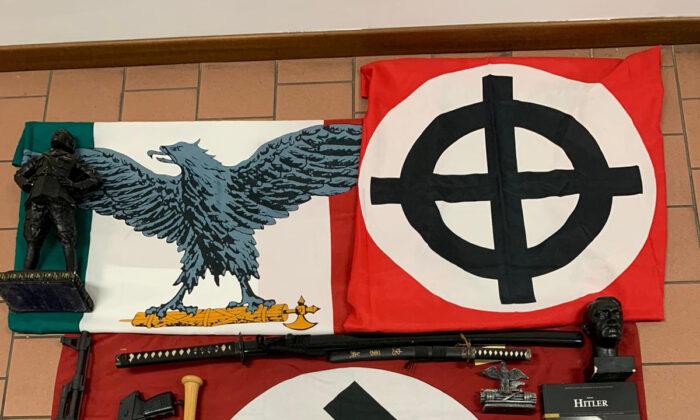The FBI’s so-called secret spy plane surveillance program is under scrutiny in a Florida terrorism case, where the defendant has asked a federal judge to toss evidence from the bureau’s aerial surveillance activities.
Al-Azhari’s motion accuses the FBI of running a “secret spy plane surveillance program,” as described by the AP and other reports, before providing details about how the bureau’s air force was used to monitor him.
Al-Azhari said the FBI’s planes would circle his Tampa home “often for hours on end.”
“The planes followed Mr. Alazhari as he went about his life, for example, watching him pick up his mail from his mailbox, watching him drive to visit his sister at her apartment, watching him visit an Urgent Care facility, and watching him check himself in for inpatient mental health treatment,” the motion reads.
“The planes generally flew at about 10,000 feet, sometimes above cloud cover. Small, quiet, and high in the sky, the planes were barely noticeable to those on the ground. The FBI sometimes used multiple planes on the same day, with a new plane picking up the surveillance another had left off.”
According to Al-Azhari, the FBI captured 428 hours of footage of him and created 935 separate videos with the planes—violating the Fourth Amendment in the process.
“This court should suppress the aerial footage and any evidence derived from the aerial surveillance because the surveillance was an unreasonable search under the Fourth Amendment,” the motion reads.
The Department of Justice (DOJ) responded to the motion on Sept. 29, accusing the defense of mischaracterizing the FBI’s aerial surveillance activities. Prosecutors said the aerial surveillance performed in this case wasn’t a search under the Fourth Amendment and that even if it were a search, it would still be legal.
“The surveillance conducted in this case is not novel, nor did it involve highly invasive or extensive monitoring that would raise constitutional concerns,” prosecutors said.
The DOJ also stated that FBI agents and surveillance pilots were prepared to testify to the facts, including that they only surveilled what was visible in public, unobstructed areas; that they only used one plane for surveillance at a time; and that the planes operated only in close coordination with ground surveillance.
Prosecutors stated: “The last point merits further discussion. At the time aerial surveillance ramped up, the FBI had every reason to believe that the Defendant was planning an imminent attack.”
They also noted that the FBI was “leaving nothing to chance.”
“In short, the aerial surveillance at issue functioned as an extra set of eyes: another member of the investigative team that supported—not supplanted—the on-the-ground effort,” the DOJ stated.
A hearing has yet to be scheduled for the parties to argue Al-Azhari’s motion to suppress. Additional motions have been filed in the meantime, including a request for a mental health exam, as the defense is also arguing that Al-Azhari could be mentally unfit for trial.
Porcelli granted the defense’s request for a mental exam on Dec. 7, finding “reasonable cause to believe that the defendant may be presently suffering from a mental disease or defect rendering him incompetent to proceed in this matter.”
A status conference is set for Jan. 18.




